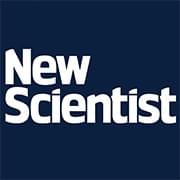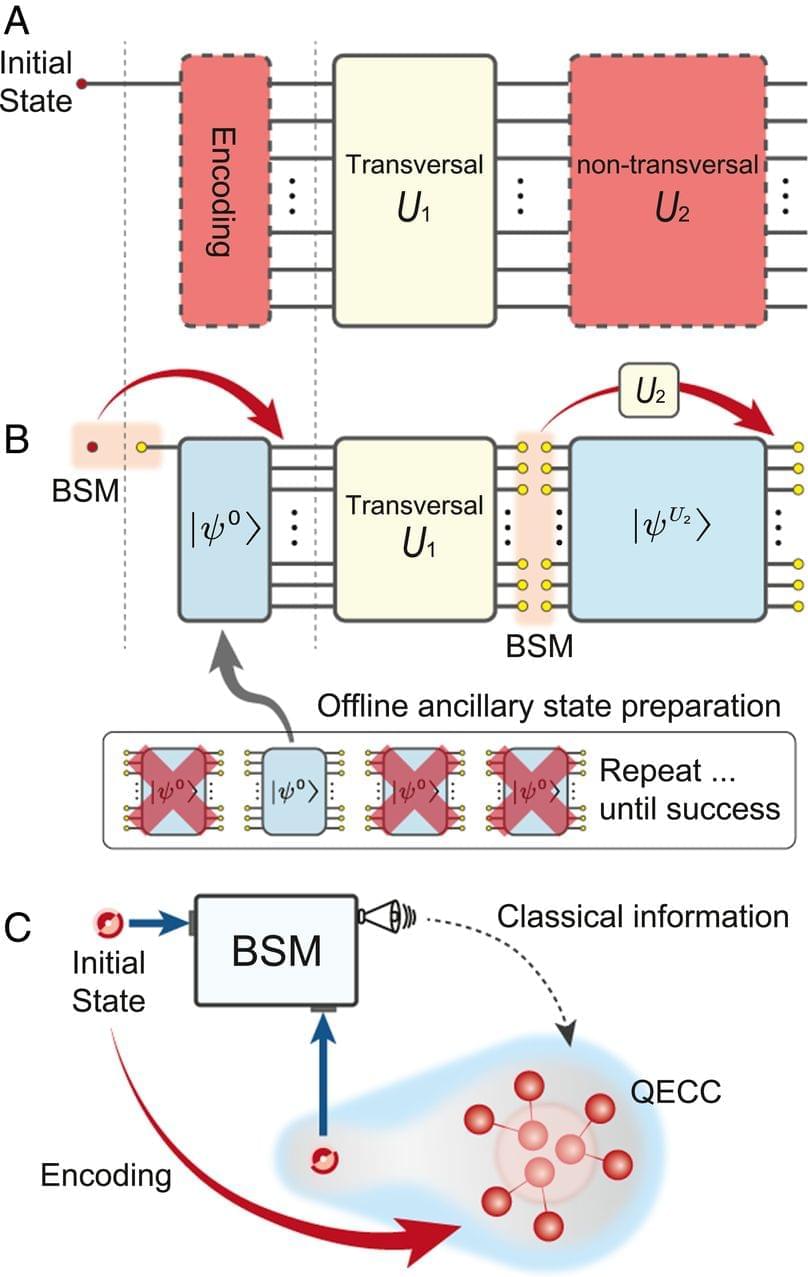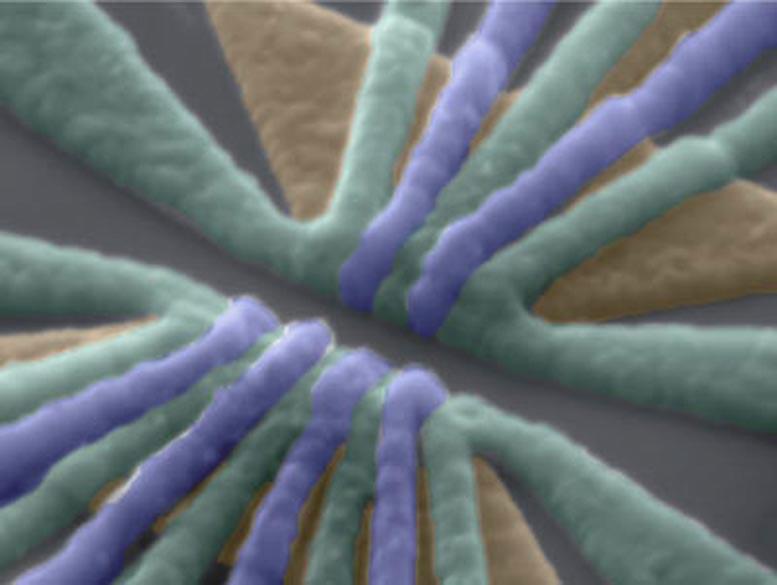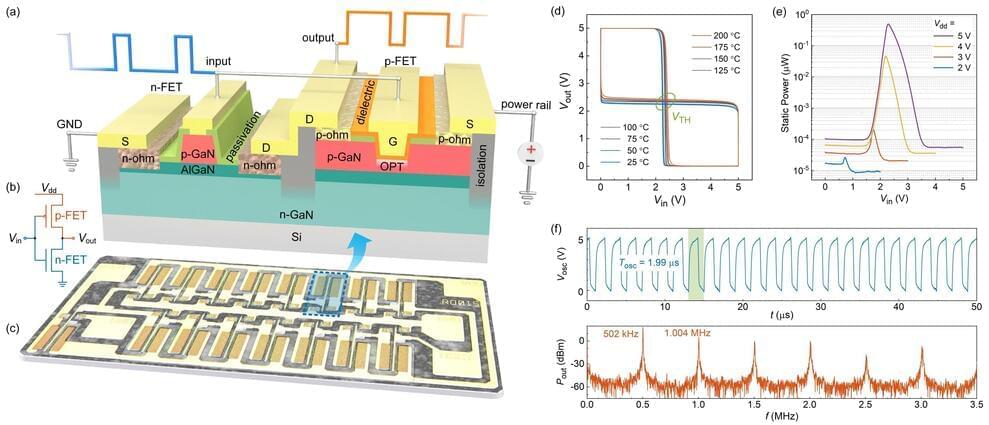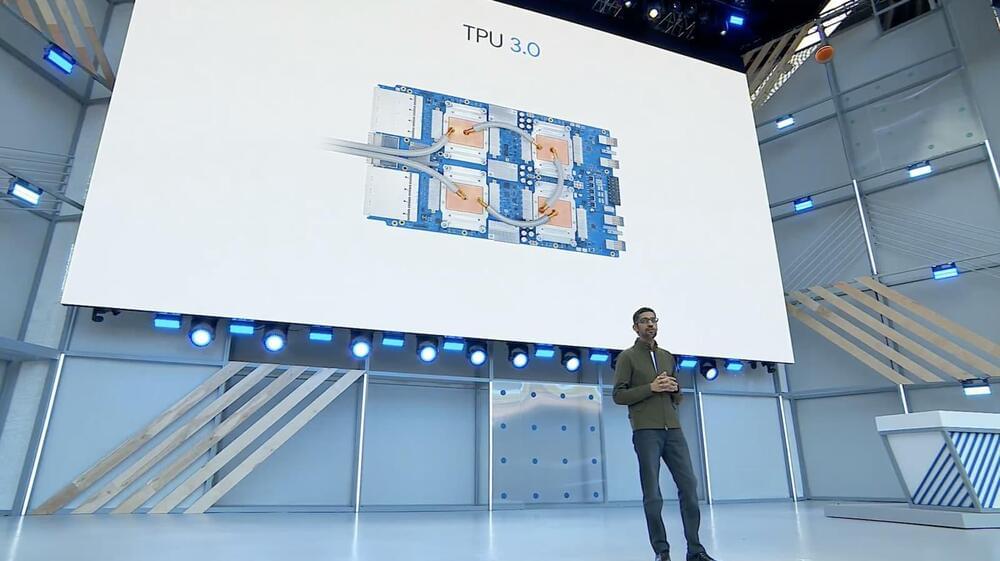Circa 1991 😀
An Australian company has launched an erasable computer memory chip that retains data when its power source is switched off. The chip could revolutionise the design of computers and other electronic devices by doing away with the bulky magnetic disc memories that are currently used to store data permanently.
Current computers rely on a selection of memory devices. These include chips known as read-only memories or ROMs that store preprogrammed data without power but cannot be erased, and instantly erasable chips that require constant power, known as random-access memory or RAMs. To store more data and programs when the power is off, most computers use magnetics discs.
The new chip is known as a ferroelectric random-access memory or FRAM. If it proves as successful as its developer, Ramtron, claims, it could replace all other types of data storage.
